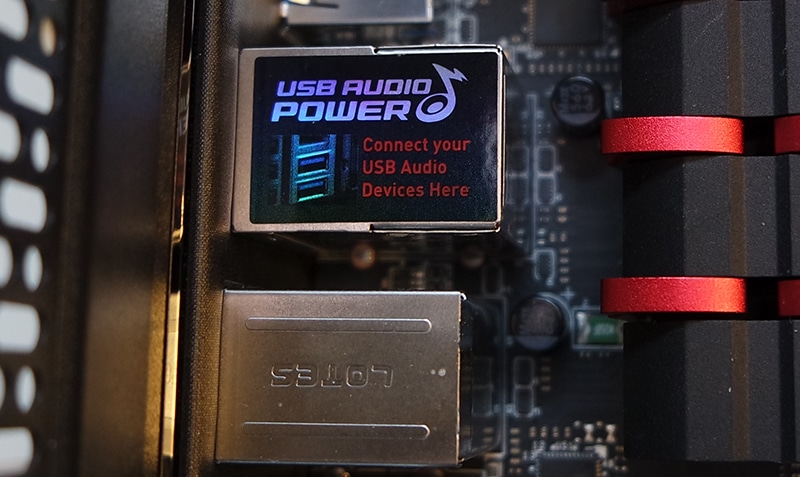OcUK Titan Pandora Gaming System Review
Colin Chambers / 10 years ago
A Closer Look
The Power and Reset button on the the top of the case at the front sports 2 USB3 ports, with a headphone and mic jack.
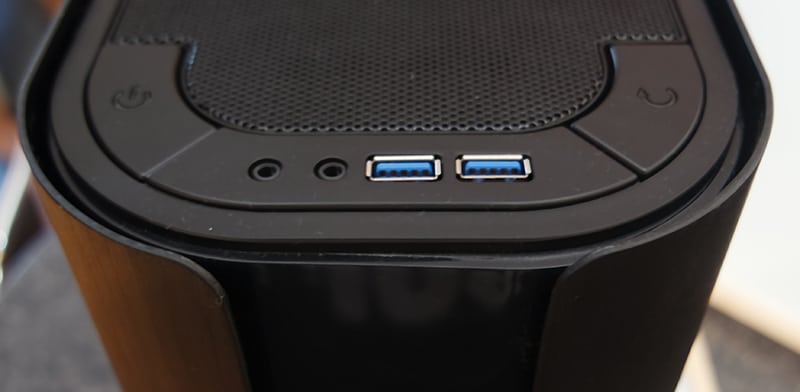
The top of the case mesh can be both fitted and removed by simply pushing it down which clicks it into or out of place.
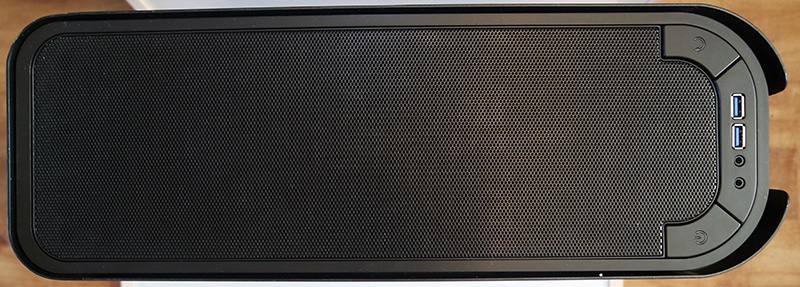
Popped out, you can see a 120mm fan pointing outwards.
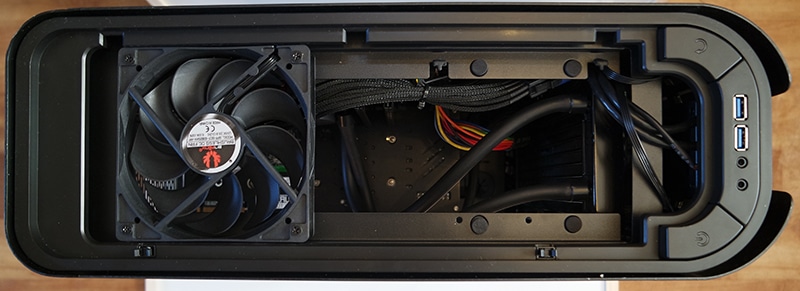
The top panel lid can be easily cleaned with a brush or hoover. You can take out the mesh, but you could damage it over time by doing this.
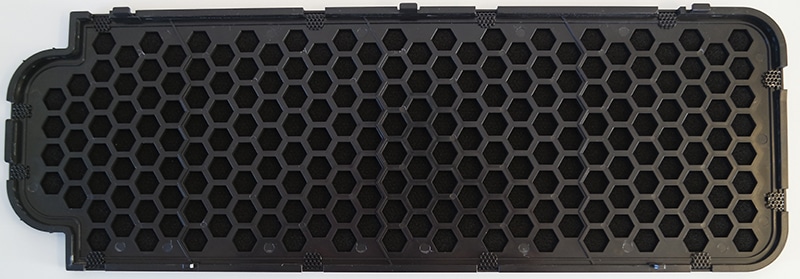
One thing I didn’t like about the Pandora case was the use of ball and socket clasps to replace traditional case screws. On the plus side it makes it extremely easy to remove the panels, simply giving a pull on the panel will remove it without so much as a thumbscrew twist. Using them occasionally would be fine, though as almost every panel uses these you can sometimes pull off a panel while trying to lift or move the case which is very unnerving. This coupled with the push to release lid mentioned earlier means you end up pressing the lid accidentally when moving the case.
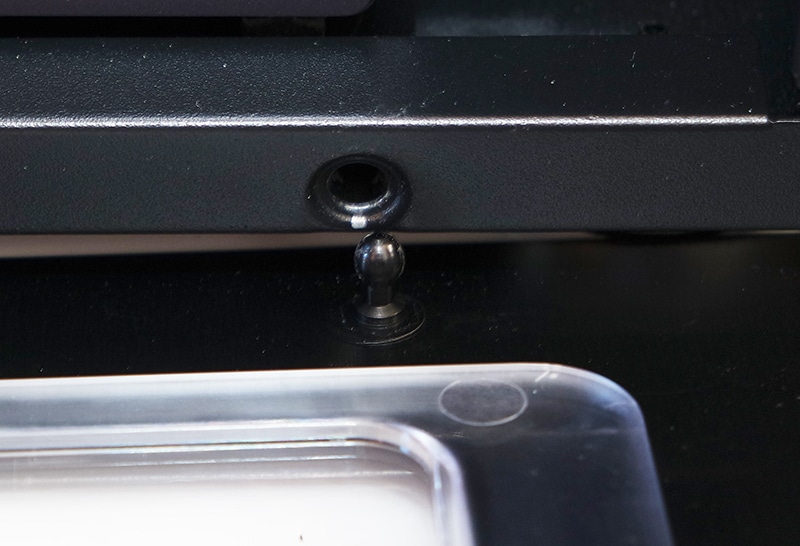
From the back side, OcUK have done a sterling job of cable management. At the bottom you can see a 2TB hard drive tucked away.
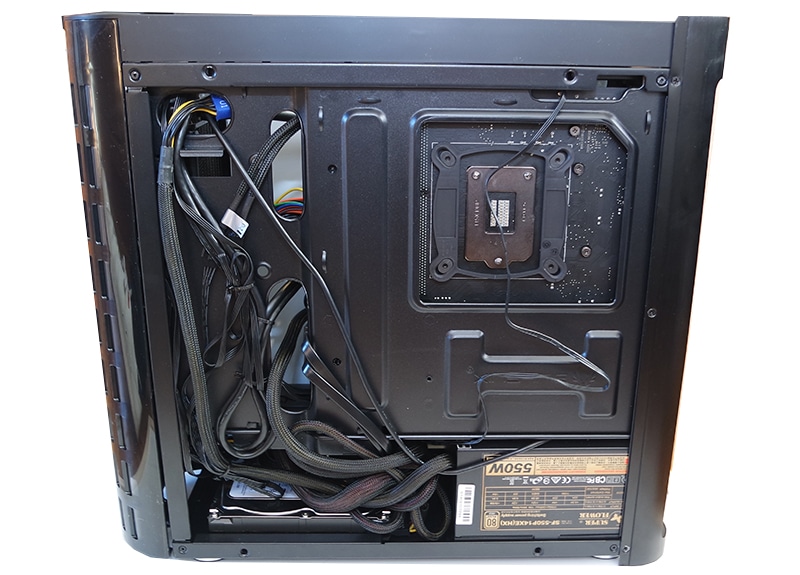
The bottom has a nice high-quality magnetic dust filter, and the feet help keep the case around 1cm off the surface.
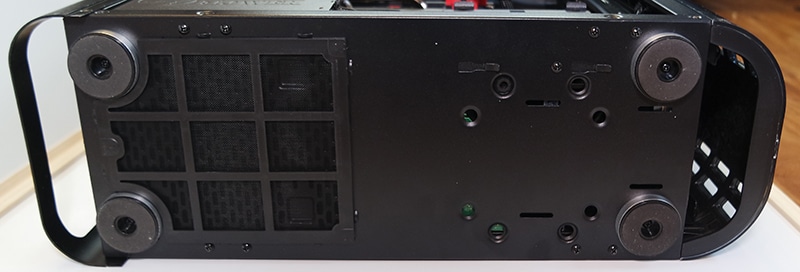
With the sides removed, the front simply pulls off – no screws here either! Here we can see behind the front is the 2 120mm fans that cool the 240mm CPU radiator.
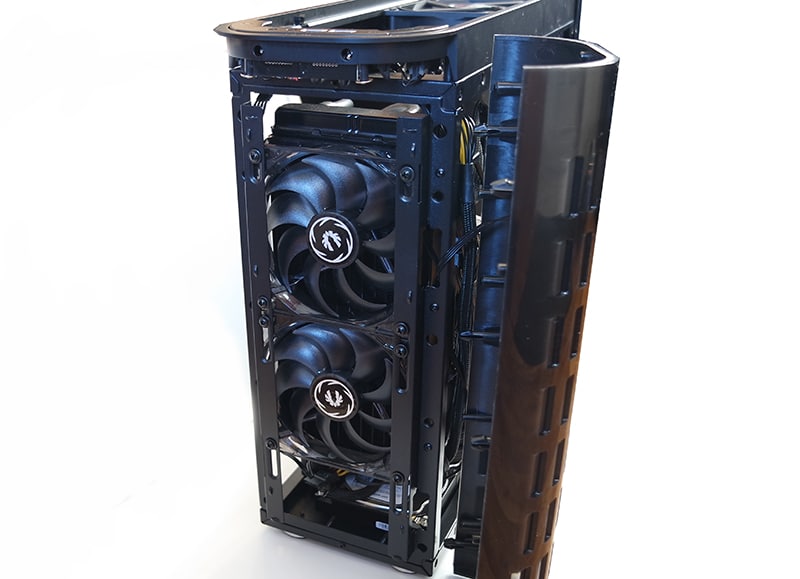
The LCD in the front panel is neatly mounted behind the front shell. When off from the front, it is virtually invisible.
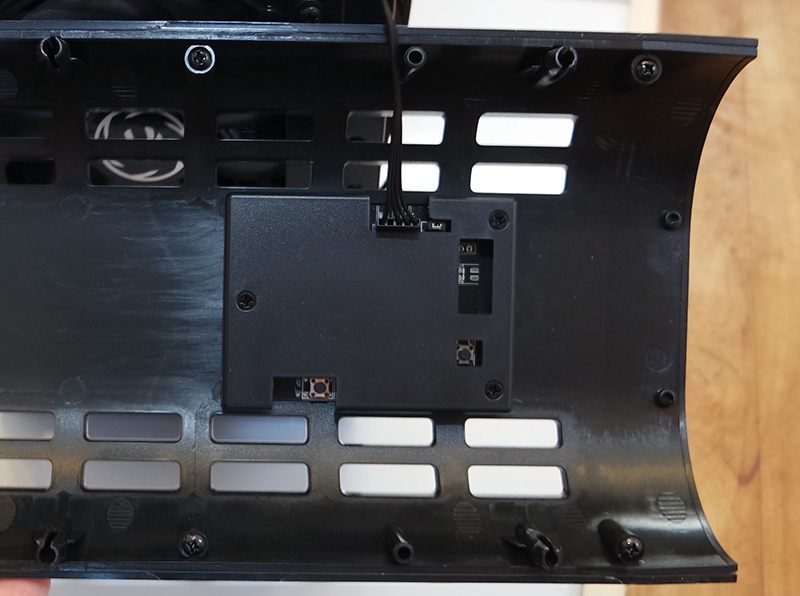
The LCD on the front of the case is bright and sharp, and there are some free to download software on the BitFenix website for loading your own images onto the LCD. It’s as simple as dragging the chosen image onto a batch file, and the software does the rest.
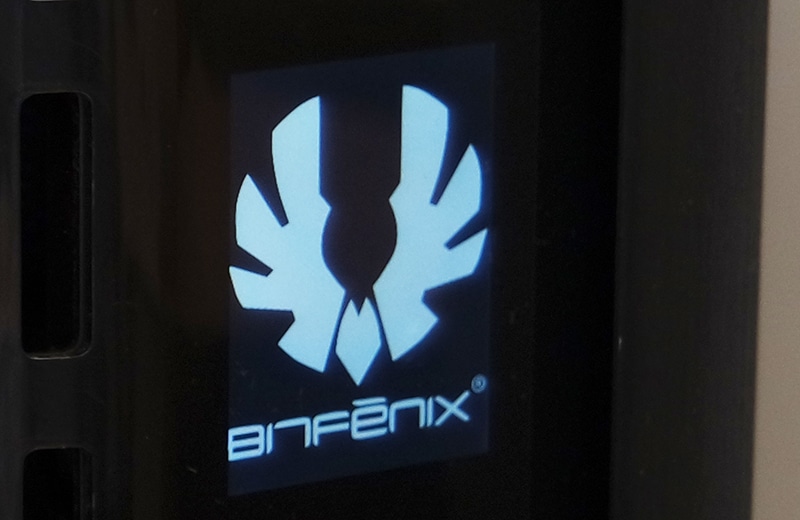
Innovative? Questionable. Cool? Definitely! You can see a few more examples of this display in our Pandora chassis review here.

From the side:
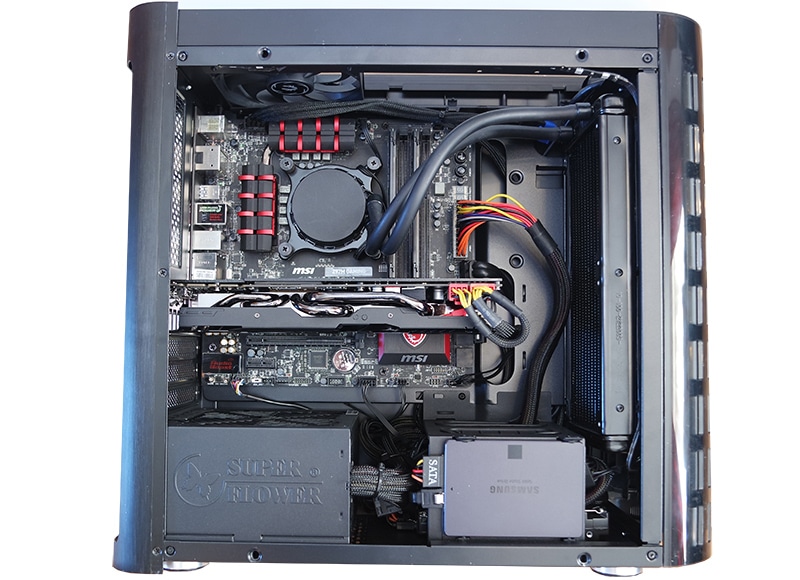
Gratuitous GPU muscle shot.
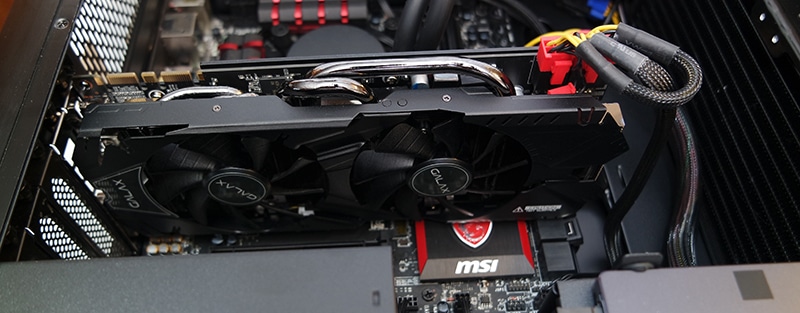
Powered up, the LED light strip casts a menacing glow across the components.
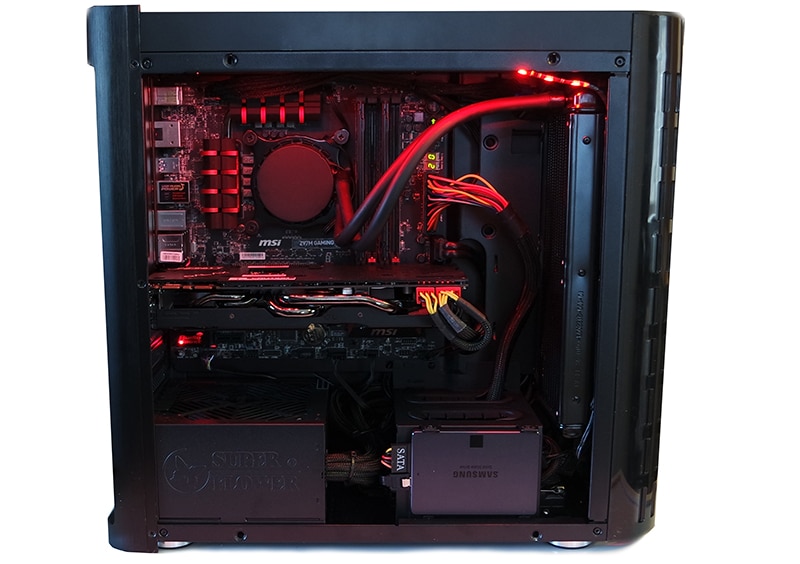
MSI’s strange use of green LED’s, when the rest of the board is in a red theme.
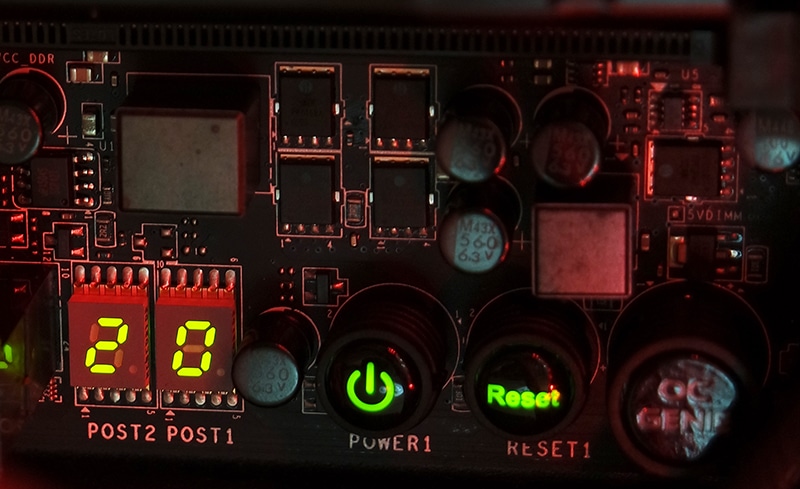
The motherboard features “USB Audio Power – Enjoy a heavy caliber audio experience with Direct Audio Power. A dedicated power input to Audio Boost 2 allows for a more powerful and stable power delivery, resulting in a more explosive and pure sound experience.” We tested a Razer Kraken headset on this and a regular USB port on the front of the case but could not tell any difference at all, even between 3 test subjects.
